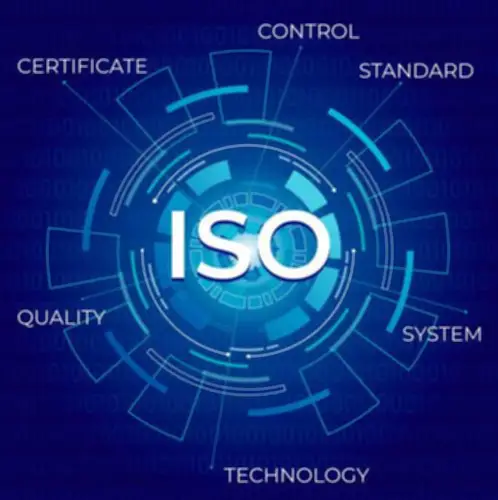At this level, the appliance turns into operational, serving its intended customers and fulfilling its objective in the digital ecosystem. The terminology for container orchestration elements varies throughout instruments currently in the marketplace. The underlying ideas and functionalities, though, remain comparatively constant, although. Table 3 supplies a comparative overview of primary elements with corresponding terminology for well-liked container orchestrators. For our functions, to introduce a sense of orchestration mechanics, we’ll use Kubernetes phrases. Orchestrators like Kubernetes manage lifecycles, facilitate service discovery, and preserve high saas integration availability.
What Are The Differences Between Pods, Nodes, Clusters, And Containers?
- Devs like it for its flexibility, vendor-agnostic options, regular model releases, and the open supply community built round it.
- The rising need for streamlined container management has led to the rise of container orchestration—an automated approach to deploying, scaling, and managing containerized functions.
- A security misconfiguration is when incorrect safety settings are utilized to devices, functions, or knowledge in your infrastructure.
- The container engine creates and packages individual containers, whereas the orchestrator engine manages and orchestrates multiple containers across a distributed infrastructure.
Azure Kubernetes Service (AKS) works with other Azure companies to offer a unified safety, identity, and value management answer for current Microsoft clients. It also integrates with Visual Studio, Visual Studio Code, and GitHub actions to offer container orchestration system automated end-to-end CI/CD pipelines. Container orchestration must be supported by a robust toolchain that permits you to deploy, configure, and monitor your applications. [newline]When selecting a software, you must contemplate its ease of use, how properly it integrates with other solutions, the administrative overhead it creates, and its track document for safety and help.
What Are Some Challenges Related To Container Orchestration?
You can construct guardrails round your K8s configurations to make sure that every container deployment adheres to organizational standards and regulatory necessities. Thus, you scale back the chance of non-compliance and automate the enforcement of safety practices, helping groups achieve container orchestration with confidence. That’s why planning a secure container orchestration technique, and building security into your container-based structure, is a key component of overall container security. This article explains tips on how to safe containers at the orchestrational and architectural level.
Extra Environment Friendly Useful Resource Administration
Offering an alternative to conventional digital machines, containers share the underlying OS kernel and eat fewer sources. This effectivity translates into decreased operational costs and improved utilization of computing sources, a key advantage for enterprises managing large-scale applications. Orchestration ensures containerized purposes stay agnostic to the underlying infrastructure, facilitating portability throughout totally different cloud environments and on-premises information centers. In the deploy stage, the appliance reaches its pivotal moment as groups roll it out to the manufacturing surroundings. Container orchestration tools, similar to Kubernetes, assume control, scaling the application and updating it with minimal downtime. Teams have rollback mechanisms at the prepared, permitting them to revert to earlier variations if any issues emerge.
Constructing A Safe Containerized Architecture
API safety encompasses the strategies, procedures, and options employed to defend APIs towards threats, vulnerabilities, and unauthorized intrusion. Read about the main variations between Kubernetes and Docker Swarm to evaluate which of the two tools is the higher match on your team. Learn about CI/CD pipelines and see why this workflow is becoming the go-to strategy for transport software program. Orchestration is not synonymous with automation—get an in-depth comparison of the 2 ideas in our orchestration vs. automation article.
They can accelerate the event of data-heavy methods similar to conversational AIs. Container orchestration makes it possible to deploy purposes throughout multiple environments without having to revamp or refactor them. Orchestrators may also be used to deploy functions in a microservices architecture, in which software program is broken up into small, self-sufficient services, developed utilizing environment friendly CI/CD pipelines. Secrets management is a important aspect of container orchestration, dealing with the secure handling of delicate information corresponding to passwords, tokens, SSH keys, and API credentials. With fewer assets than virtual machines, containers scale back infrastructure needs, overhead prices, and manual intervention. Container orchestration permits organizations to scale container deployments effortlessly primarily based on evolving workload demands.
Containers are lightweight, moveable, and scalable models for packaging and deploying functions, offering a constant environment, and lowering the complexity of managing dependencies. Container orchestration automates the deployment, scaling, and administration of those containers, guaranteeing the efficient use of sources, bettering reliability, and facilitating seamless updates. Now that you realize the basics, let’s uncover a variety of the hottest container orchestration platforms. It allows you to allow primary container orchestration on a single machine in addition to join extra machines to create a Docker Swarm cluster. You only have to initialize the Swarm mode after which optionally add more nodes to it.

Containers and digital machines are both types of virtualization but are unique approaches. Suitable for workflows requiring full isolation and security, such as sandboxing and running legacy functions. Slower deployment and operation because of needing to load and run full OS parts. Can be extra advanced and dear to scale as a outcome of larger dimension and hardware useful resource necessities. Provide complete isolation from the host operating system and other VMs, offering a stronger safety perimeter.
Alternatively, they could opt to deploy their workloads on a managed resolution and, in so doing, find yourself with excessive working bills or vendor lock-in. Google Kubernetes Engine (GKE) is a managed Kubernetes service offered by Google Cloud Platform (GCP). It offers a scalable setting for deploying, managing, and scaling containerized functions utilizing Kubernetes. GKE simplifies cluster administration with automated upgrades, monitoring, and scalability options. Its deep integration with GCP companies and Google’s experience in running Kubernetes at scale make GKE a beautiful option for complex application architectures. Imagine that you’ve got 20 containers and you should progressively upgrade all of them.
Service discovery presents an extra challenge, as containerized services should find one another and talk with each other securely and reliably. Finally, multi-container functions require application-level consciousness of the well being standing of every part container so that failed containers may be restarted or removed as wanted. To make health status data out there about all application elements, an overarching, cluster-aware orchestrator is needed. Container orchestration helps scale back the problem of managing sources in containerized functions.
Docker Swarm can be a completely built-in and open-source container orchestration device for packaging and working applications as containers, deploying them, and even locating container photographs from other hosts. Tectonic is a business version of Kubernetes, which is an open-source container orchestration platform. Tectonic aims to provide tools to handle and orchestrate containers across all main cloud suppliers, together with Google Cloud Platform (GCP), AWS, and Azure. Nomad deploys and manages containers and non-containerized purposes on numerous infrastructures at scale in on-site or cloud environments. Beyond containers, Nomad handles the orchestration of any software and presents bin packing to enable efficient area administration and job scheduling. Container orchestration is a vital aspect of DevOps that streamlines the deployment, scaling and management of containerized purposes.
By embracing public cloud and hybrid cloud computing environments, IT teams can further speed up improvement and automate software deployment and administration. Container orchestrators help the use of containers across totally different clouds, information facilities, and environments. They provide tooling that allows you to constantly deploy your containers and then seamlessly roll out changes throughout all of your instances.
This full migration to cloud-native methodologies is feasible through advancements in containerization, orchestration and virtualization. It serves to hasten app delivery and streamline inside processes, rapidly placing products within the arms of consumers. Modern growth is dynamic, and takes place across private, public and hybrid clouds. Management of this growth should be environment friendly so that each one shifting parts can work collectively in harmony. The greatest approach to achieve that is by running comprehensive container orchestration on HCI.
Transform Your Business With AI Software Development Solutions https://www.globalcloudteam.com/ — be successful, be the first!
